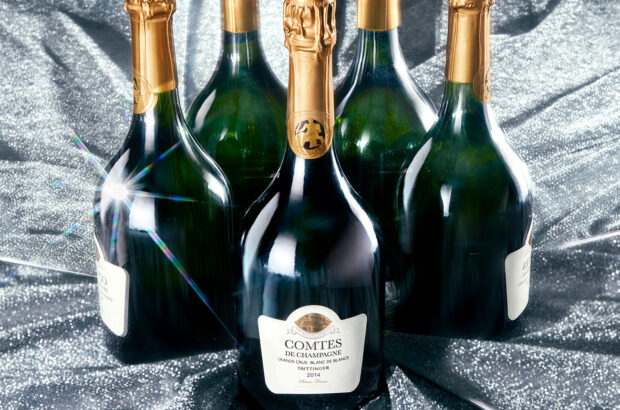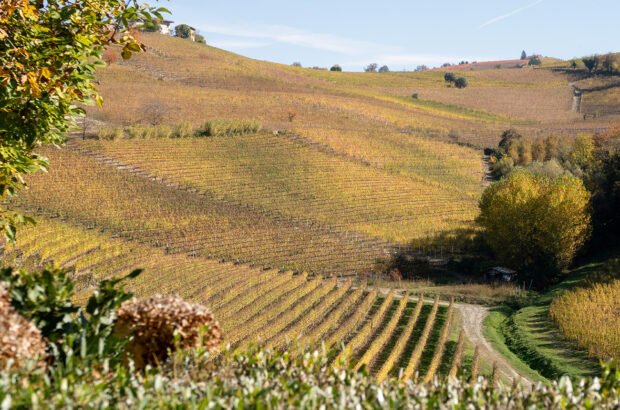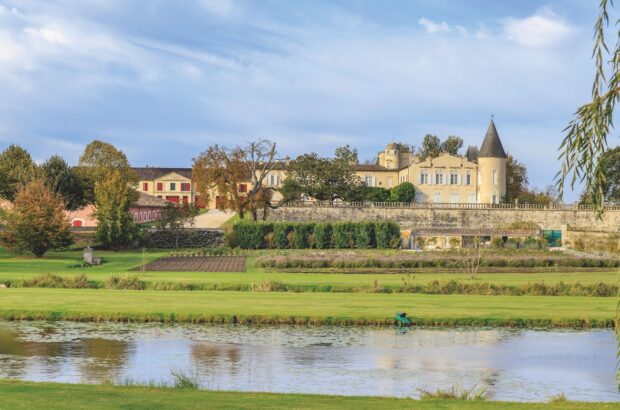Whisky fans can be a grumpy bunch at times, often far too fond of luxuriating in a kind of moany nostalgia – the idea that whisky was ever-so-slightly better in the past, and that anything touted as ‘innovative’ should be viewed with suspicion or outright hostility. Which is a shame, because the world of whisky has arguably never been as exciting as it is today.
When you find you’re tasting new whisky from Wales (Aber Falls) and Mexico (Abasolo) on the same day, you know there’s something afoot. There are impressive whiskies being made right now in New Zealand, France, Denmark, Taiwan – and yes, even, to the horror of some Scots, England. A new £109m malt whisky distillery, Emeishan, is starting up in China’s Sichuan Province as you read this.
But far from falling complacently into the role of tired old relative, the historic leading whisky brands in Scotland, Ireland and the US are fighting innovation with innovation, creativity with creativity. A new wave of iconoclastic distillers is shaping fresh styles and exciting flavour profiles, while established producers are embracing change at every stage of the whisky-making process.
How you view this cornucopia of whisky riches when it comes to planning for Christmas depends on your view of the world. Visit a specialist website such as The Whisky Exchange or Master of Malt and the thousands of products on offer can make your head spin, but it only becomes a minefield if you forget this: you are in control.
What to buy
Start off with a simple question: what’s the purpose of the whisky you’re buying? Is it a gift for a loved one, a bottle to share at a party, or is it just a treat for you and yours?
If it’s a gift, who’s it for? What do they like? It’s easy to play it safe here: if Uncle Phil loved that bottle of Laphroaig you bought him last year, then you could just repeat the dose – but where’s the fun in that? There’s a whole symphony of riffs to be played on the peated whisky theme, from the take-no-prisoners coal tar explosion of Bruichladdich’s Octomore bottlings to left-field choices such as Connemara from Ireland or Westland Peated from Seattle. These aren’t just ‘smoky’ whiskies; they take that concept and enhance it with their own unique sense of place.
Nor should you be afraid to challenge ingrained views of whisky. Within Scotch, single malts are the product of one distillery and made using only barley, water and yeast; blends combine spirit from more than one malt distillery (often a large number) with grain whisky, made differently and from a range of cereal grains. But never mind the minutiae – it’s the flavour that matters.

Bushmills Distillery, Co Antrim
Single malts or blends?
You’ll often hear the lazy ‘malts good, blends bad’ prejudice expressed, which isn’t just wrong-headed, it’s perverse. By ruling out classics such as Johnnie Walker Black Label, Chivas Regal 18 or Ballantine’s 30, you’re missing out on some of the greatest whiskies ever made, often offering astonishing value for money as well.
If you’re buying for someone with a more adventurous streak, this is where the fun begins. They’re a single malt fan? Then break them out of the Scotch bubble with one of the pioneering new American single malts from Westland or Westward in the Pacific Northwest. Closer to home, try a triple-distilled example from Bushmills on Ireland’s scenic Antrim coast. Some of the distillery’s newly released Causeway Collection bottlings are absolute gems.
Place of origin is fertile ground here. The sense of discovery in seeing an ‘I-never-knew-they-made-whisky-there’ bottle from an unlikely place is an obvious draw, but it comes with a caveat: if you don’t want it to be relegated to the back of the cupboard alongside that obscure liqueur from a Mediterranean holiday in 1993, the liquid had better be as interesting as the distillery postcode.
Luckily, that’s not hard. English whisky is now world-class, from the consistently excellent quality of The Lakes and Cotswolds distilleries to the innovative, heritage grain-inspired rye whiskies of The Oxford Artisan Distillery. There’s a new era of experimentation at play in the Nordic countries too, from Stauning in Denmark to Sweden’s High Coast (previously known as Box), while Antipodean whisky-makers to look out for include Cardrona, Lark and Starward.

Catoctin Creek’s Roundstone Rye Distiller’s Edition
Party drams
If you’re buying a whisky to share – with friends, at a party – then consider how and when you’re likely to drink it. Defaulting to Champagne or Gin & Tonic at aperitif time is all very well, but don’t rule whisky out of the equation: Compass Box’s fruit-tastic Orchard House blended malt, served cool or over ice, is an excellent pre-dinner dram, while a rich, smoky whisky such as Johnnie Walker Double Black provides a surprisingly refreshing twist on a traditional highball.
But winter often means comfort. In cocktails, it’s hard to beat a well-made Old Fashioned or Manhattan, which can be dialled up by using a powerful, spicy rye whiskey. Try higher-proof examples such as Catoctin Creek Roundstone Rye Distiller’s Edition, or the stupendous Michter’s US*1 Barrel Strength Straight Rye (if you can track it down: see right).
Sherry- and wine-finished whiskies are also a great fit for the season, their rich fruit and secondary aromas of spice, chocolate and treacle perfect for providing a warm, liquid hug at the end of a long winter’s day. Look for classic sherried malts such as Glenfarclas or Tamdhu, or cask finishes involving Madeira or Pedro Ximénez (PX). The equivalent of Christmas cake – or Christmas pudding – in a glass.
Whiskies to buy this Christmas
Abasolo
For the drinker who’s tried everything (or thinks they have). The use of Cacahuazintle corn and a cooking technique called nixtamalisation makes for a fat, smooth spirit with an earthy note of burnt biscuits. Anyone for a Whisky Paloma? Alcohol 43%
Bushmills The Causeway Collection 2000 Port Cask
Bags of Christmas comfort in this rich, rounded whiskey that amplifies Bushmills’ lightly supple character with treacle, tangy marmalade and black cherries – and an anis lift to stop it becoming too flabby. Alc 54.1%
Compass Box Orchard House
From the consistently excellent and versatile makers of The Spice Tree and The Peat Monster comes a study in sunny lightness, with a basket of fruits from selected malts creating the perfect aperitif whisky. Alc 46%
Glen Moray Warehouse 1 1998 Barolo Finish
This is a really opulent winter warmer. Add a little water to open up the layers of dessert apple, spice and leather, alongside the perfumed pot-pourri notes. The satin texture on the palate is just gorgeous. Alc 52.9%
Michter’s US*1 Barrel Strength Straight Rye
This straight-from-the-cask whiskey is hugely sought-after on release, and may well be hard to come by. Here’s why: even by rye standards, this is rich and full-bodied, but with no jagged edges. Dark cherry, butterscotch and dry spice from a pioneer of the rye renaissance. Alc 56.2%
Mortlach 13 Year Old Special Release 2021
A rich, meaty delight from ‘the beast of Dufftown’, given extra refinement by a combination of virgin and refill oak casks. There’s also some fun involving QR codes, augmented reality and storytelling – one for the tech fans. Alc 55.9%
Octomore 12.1
Strictly for peat freaks, although this über-phenolic malt from Bruichladdich starts off lean, with unripe banana and lime. Then camphor and coal tar explode on the palate, alongside a lingering tarriness that lasts and lasts. Alc 59.9%
Redbreast Iberian Series PX Edition
The perfect introduction to Ireland’s great whiskey style, single pot still. This release from Redbreast’s new Iberian Series is sweetly sumptuous, adding dark treacle and liquorice to pot still whiskey’s in imitable tangy fruit and spice. Alc 46%












